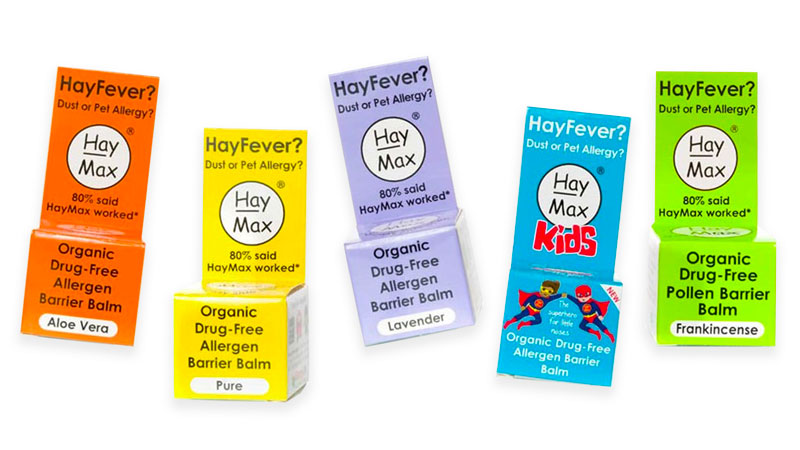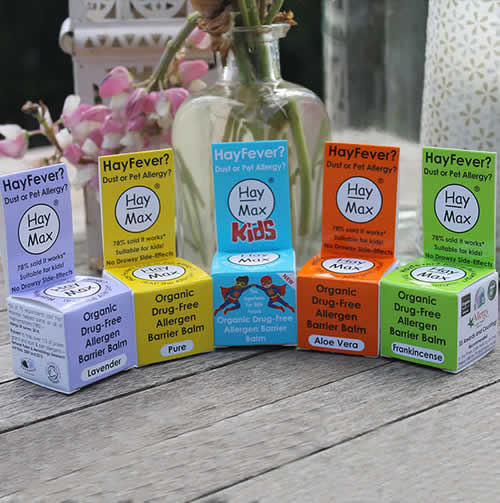pet allergy
what is a pet allergy?
The most common form of pet allergy is an allergy to the tiny particles of dead skin and saliva which are shed by an animal and subsequently become airborne. These microscopic particles are known as ‘dander’.
Cats are generally more allergenic than dogs, as the particles shed from them are smaller than the particles shed from dogs, which means that they become airborne more easily and are airborne for longer. Airborne particles can easily fly up the nose, triggering lots of nasty symptoms.
Unless you are severely allergic to pets, there are lots of ways to avoid the allergens which don’t involve getting rid of your cat. See our Allergen avoidance tips below to find out how.
Symptoms
Spending more time inside during cooler months, (meaning increased contact with pet allergens), can cause symptoms to flare up and become difficult to manage. This may actually be the first time someone realises that they have an allergy.
Indoor allergy symptoms caused by pets can be very similar to the more well known hay fever symptoms.
Common symptoms include;
- Sore, itchy, watery, red eyes.
- Sneezing and wheezing.
- Cold like symptoms such as a runny nose and sinus pain. (Many people believe they have a ‘winter cold’ when their symptoms are a result of spending more time inside amongst pet allergens than in the summer).
- Asthma can be triggered by many of the allergens found in our homes.
- In some rare cases, sufferers can experience extreme symptoms such as shortness of breath or even anaphylaxis. (Click here to visit the Anaphylaxis Campaign website – a brilliant charity which supports people with severe allergies).

pet allergy: tips and treatments
- Natural:
- Use an organic, drug free allergen barrier balm. HayMax can be applied to the nostrils and bones of the eyes in the morning and throughout the day, to trap over a third of pollen particles before they enter the body where they can cause symptoms. Less pollen, less reaction!
- Saline nasal rinse
- Click here for more on the Drug-free and Natural Help page.
- Pharmaceutical:
- Use an antihistamine. You can buy these over the counter…
- Use a steroid nasal spray
- Use eye drops
- Investigate immunotherapy
- Click here for more in the Conventional Treatments page.
- Create your own hay fever first aid kit. One or more natural products, one antihistamine, one nasal spray and eye drops.
- Keep pets off sofas and beds (out of the bedroom altogether if possible).
- Consider using an air filter/purifier with a HEPA (High Efficiency Particle Arresting) filter to capture the pet allergen particles and cool and circulate the air.
- Damp dust surfaces regularly.
- Vacuum regularly. It may also be beneficial to install “Allergy Friendly” flooring. (Click here to see the Allergy UK range).
- Use allergy friendly mattress covers and bedding. (Click here to see the Allergy UK range).
- Keep cuddly toys and blankets in a cupboard to prevent the build up of allergens on them.
- Be careful when using harsh chemicals for cleaning. The fumes can exacerbate breathing problems (a common trigger for asthma) and cause skin irritation.
Pet allergy testimonials
Hi, I just wanted to let you know that HayMax definitely works for people allergic to cats.
I have two cats and my friend can now visit me and stay for hours without any problems!
~ Jelena, Malta
Fantastic product. I don’t suffer with hayfever but my nose runs nearly all the time all year round. It is bad with cleaning products, dust, pet hair, cold weather, hot food just about anything really, sometimes I would just tilt my head forward & it would drip out with no warning. I have tried loads of nose sprays & antihistamine tablets but nothing works. I tried HayMax & within the first day or 2 my nose has hardly run. I cannot thank you enough for this truly great product it is a life saver & so nice not to be wiping my nose all the time. I have recommended this product to friends & family.
It’s also great it is a pure product with no side effects. Thanks again.
~ Angela Davies




